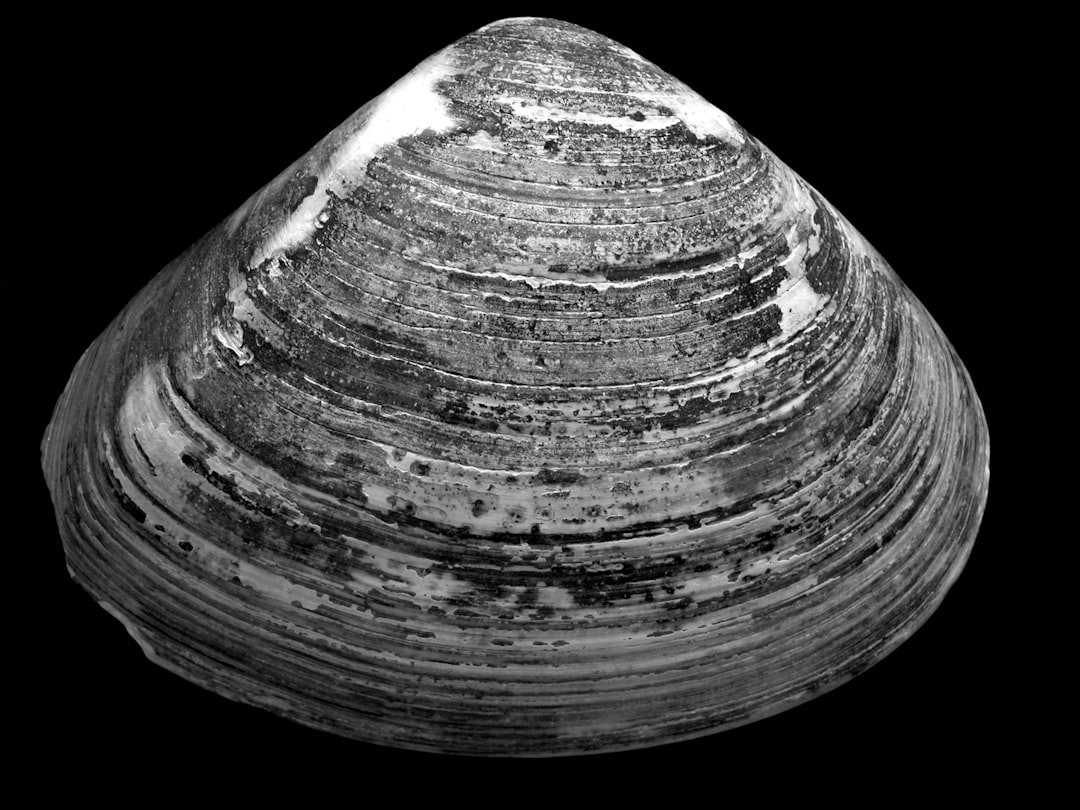What is it about?
We studied the season dependent thermal tolerance, oxygen consumption, respiratory burst response and antioxidative enzyme activities in juveniles of Barilius bendelisis. The critical thermal maximum (CTmax), lethal thermal maximum (LTmax), critical thermal minimum (CTmin) and lethal thermal minimum (LTmin) were significantly different at five different seasons viz. winter (10.64 °C), spring (16.25 °C), summer (22.11 °C), rainy (20.87 °C) and autumn (17.77 °C). The highest CTmax was registered in summer (36.02 °C), and lowest CTmin was recorded during winter (2.77 °C). Water temperature, dissolved oxygen and pH were strongly related to CTmax, LTmax, CTmin and LTmin suggesting seasonal acclimatization of B. bendelisis. The thermal tolerance polygon area of the B. bendelisis juveniles within the range of seasonal temperature (10.64–22.11 °C) was calculated as 470.92 °C2. Oxygen consumption rate was significantly different (p<0.05) between seasons with maximum value during summer (57.66 mg O2/kg/h) and lowest in winter (32.60 mg O2/kg/h). Total white blood cell count including neutrophil and monocytes also showed significant difference (p<0.05) between seasons with maximum value during summer and minimum number in winter and were found correlated to temperature, dissolved oxygen, pH and respiratory burst activity. Respiratory burst activity of blood phagocytes significantly differed (p<0.05) among seasons with higher value during summer (0.163 OD540 nm) and minimum in winter season (0.054 OD540 nm). The activity of superoxide dismutase, catalase and glutathione-s-transferase both in liver and gill, also varied significantly (p<0.05) during different seasons. Overall results of this study suggest that multiple environmental factors play a role in seasonal acclimation in B. bendelisis, which modulate the thermal tolerance, oxygen consumption, respiratory burst activity and status of anti-oxidative potential in wild environment.
Featured Image
Why is it important?
For the first time thermal tolerance, oxygen consumption, respiratory burst response and antioxidative enzyme activities in juveniles of Barilius bendelisis was analysed which would definitely help the researchers working in the species more efficently
Perspectives
In my opinion effect of season should be considered in every study in fishery research because seasonal changes involves complex interactions between different environmental factors and fishes.
Mr Neeraj Kumar Sharma
HNB Garhwal University
Read the Original
This page is a summary of: Seasonal variation in thermal tolerance, oxygen consumption, antioxidative enzymes and non-specific immune indices of Indian hill trout, Barilius bendelisis (Hamilton, 1807) from central Himalaya, India, Journal of Thermal Biology, August 2015, Elsevier,
DOI: 10.1016/j.jtherbio.2015.07.005.
You can read the full text:
Resources
Contributors
The following have contributed to this page










